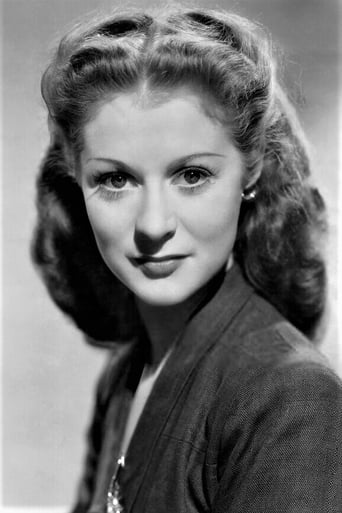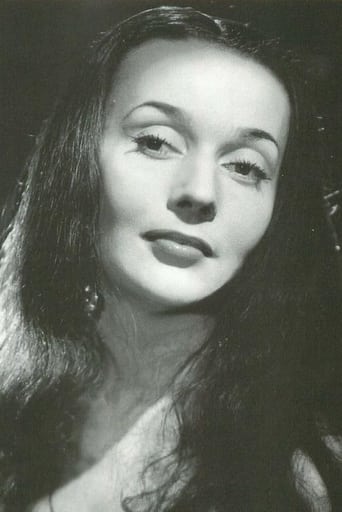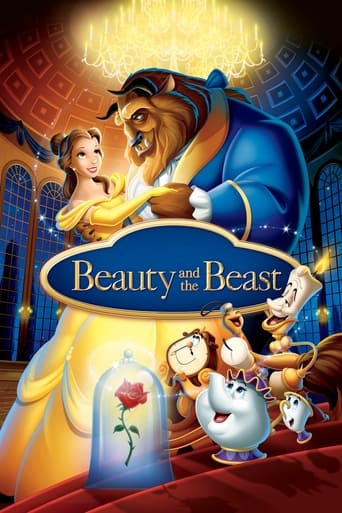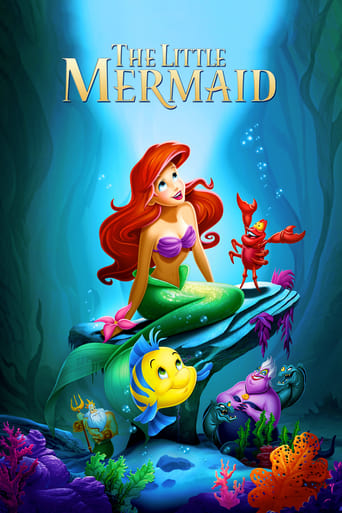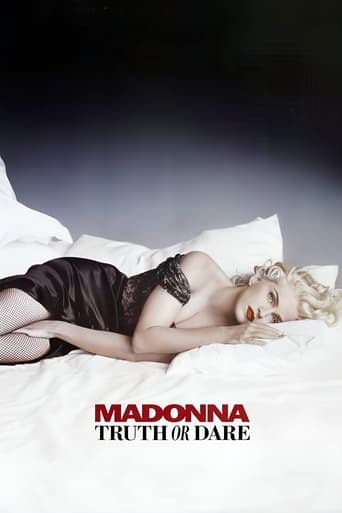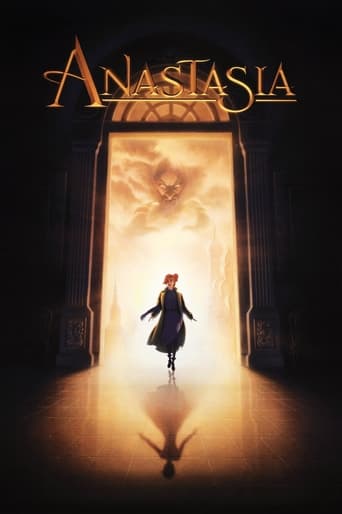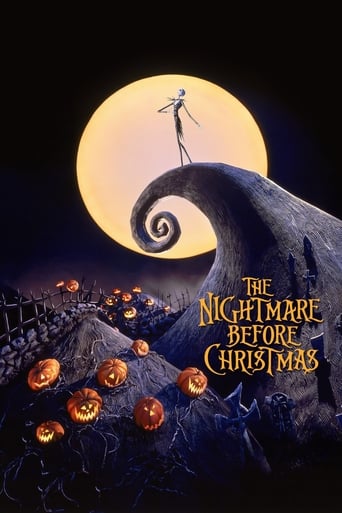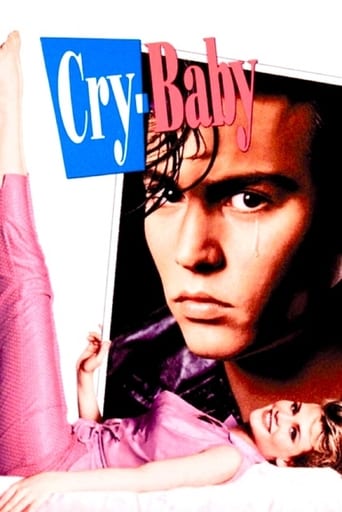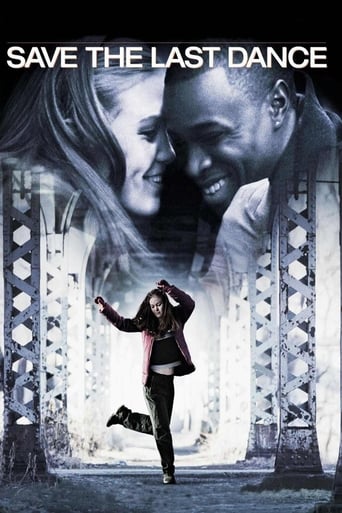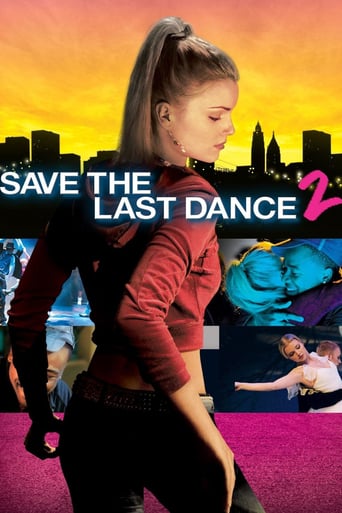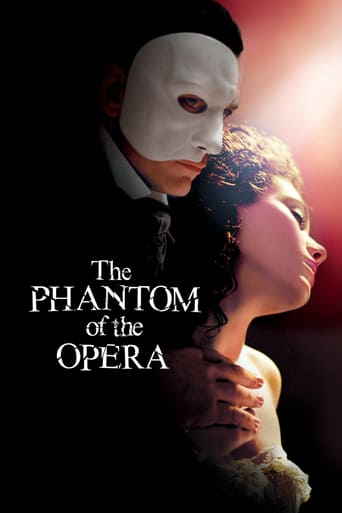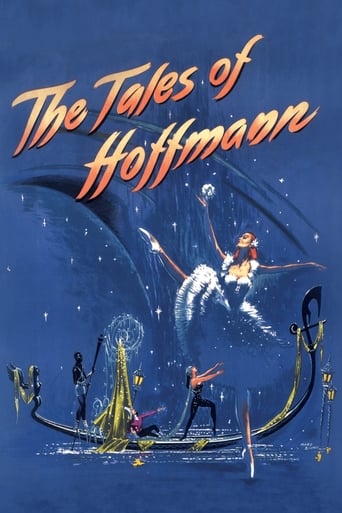
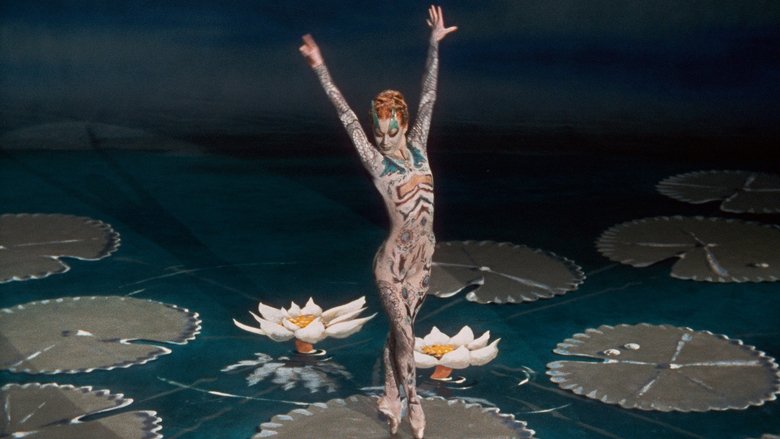
The Tales of Hoffmann (1951)
A young poet named Hoffman broods over his failed romances. First, his affair with the beautiful Olympia is shattered when he realizes that she is really a mechanical woman designed by a scientist. Next, he believes that a striking prostitute loves him, only to find out she was hired to fake her affections by the dastardly Dapertutto. Lastly, a magic spell claims the life of his final lover.
Watch Trailer
Cast


Similar titles
Reviews
I do love A Matter of Life and Death, The Red Shoes, The Life and Death of Colonel Blimp, Black Narcissus and A Canterbury Tale as well. However, there is something about The Tales of Hoffmann that is very special to me. Not just the dancing, the production values but also the opera Tales of Hoffmann itself. The music by Offenbach is outstanding with not a single weak link. As always from Powell and Pressburger it is a visually stunning production, with dazzling effects, beautiful costumes and sets and some of the most gorgeous Technicolour I have ever seen on film. The opera's music is lushly performed by the orchestra and Sir Thomas Beecham's, who I know best from his Delius and his La Boheme recording(with Bjorling, DeLos Angeles and Merrill), conducting never feels as though it's rushing or dragging. There are some changes to the story such as Lindorf being silent in the prologue, Stella turned as a ballet dancer, Nicklausse's(other than the villains of the opera the character who ties the opera's story together) role is abridged and Act 3(or Antonia's Tale) is shortened.Despite these changes, the film still maintains the spirit and essence of the story and opera. The dancing is just as dazzling as the film's visuals, Robert Helpmann is wonderful in all four roles particularly good as Dappertutto, but it was Moira Shearer's Olympia that really impressed. The singing is every bit as good, Robert Rounsville has a strong tenor voice as Hoffmann, Bruce Dargavel sings Coppelius, Dappertutto and Dr Miracle with just the right character and velvety evilness and Margharita Grandi(with Ludmilla Tcherina on film) striking as courtesan Giulietta, contrasting very well in the beautiful Barcarolle with the firm and very intelligently sung Nicklausse of Monica Sinclair. Dorothy Bond sings with clear, agile colouratura. Less successful is Ann Ayers as the consumptive and very downbeat Antonia, fine on screen but vocally at times she is a little shrill for my liking.Overall though, just another masterpiece from Powell and Pressburger that is will always be special to me. 10/10 Bethany Cox
If someone wants to make a movie about "The Tales of Hoffmann", he has first to decide if the still middle-aged German cities with their dark, fantasy and horror provoking angles and creepy edges and slanting houses which Hoffmann chose for his tales, are giving the background of his film or the decadent Paris at the end of the 19th century, the city of the lights over the new avenues built by Haussmann which Offenbach chose. It is an open secret: Hoffmann does not fit into Offenbach's Paris as little as it is Hoffmann's tales that we believe to meet in Offenbach's "Tales of Hoffmann". However, the public around the world has accepted meanwhile that it was Offenbach's merit to have given Hoffmann's work a bombastic rebirth by leading him in his opera not form the darkness, but from the brightly sparkling light into the night. But now look, what Powell and Pressburger did: The landscape is neither Bamberg nor Montmartre, it looks like a late art-deco out of an advertisement catalog from Technicolor in which it was actually filmed. I honestly prefer the black and white silent "Hoffmann's Erzählungen" (1923), directed by Max Neufeld.Robert Rounseville does a great singing job as Hoffmann, chapeau! But --- he IS not Hoffmann! And the same, unfortunately, is true for the rest of the cast. E.T.A. Hoffmann as a true multi-talent was also a painter, and we know how Olimpia, Dapertutto, Klein Zaches, Lindhorst etc. looked! I would say, Moira Shearer does a good job as Olimpia, but when you see Ludmilla Tchérina as Giulietta, you can feel that cold water running down your neck. When the famous scene comes, where Giulietta steals Erasmus' reflection, I was sitting like glued before the TV --- and nothing happened. What are the "Tales of Hoffmann"? Simply one of dozen-wise fabricated products out of the plant of Powell and Pressburger that simply did not have to lack in the series? Not a ghost of feeling for this and so many other crucial passages. And I really doubt that here and elsewhere the details were sacrificed for the sake of the big effect: No, the directors simply did not have the feeling and the knowledge for the Hoffmann-Offenbach theme.
No doubt- this is an opera. A filmed opera (Offenbach's "The Tales of Hoffmann") with cameras pointed at a stage. If you don't care for opera it might be somewhat of a letdown, however there is a tremendous talent level involved here so the film deserves a high rating on a scale of 1 to 10.Moira Shearer dances better than ever. She neither speaks nor sings- this can be disappointing for fans of her acting movies where she is so talented and endearing. I could better cope with her role here if it was strictly as dancer, but she portrays a mechanical doll- not even human, despite the fact that her warm human qualities are so well-known from other movies. This is a dichotomy that I cannot overcome. However, her fabulous dancing and beauty remain and are unchallengeable and very watchable.The opera singer who portrays Hoffmann is just that- an opera singer. He is not an actor, nor is he really asked to either act or dance. Mr. Rounseville sings opera well but his every sound and movement is from the operatic stage. He is an opera guy.There are some very romantic scenes between Hoffmann and dancer Tcherina, and they are romantically filmed. I really liked their romance before a mirror- very well done. But again, these scenes are posed and operatic- Ms. Tcherina is not doing ballet at the time.The supporting dancers are all terrific and there are some great dance sequences but they are mostly danced to operatic music, and the overall theme is opera singing with dubbed voices for most of the participants.The music is lively. Most of it is beautiful, but some is pretty bad (the beer-garden intermission scene). This is an old opera and if you don't like opera you might be somewhat disappointed watching it despite the tremendous display of talent and fantastic sets. One set has some interesting stand-alone decorations and one item there appears to be a Juan Miro painting, possibly suspended on a wire.
I actually love "Tales" more for its music than this visual version, which is, still, stunning and most effective . . . altho it is more ballet than anything else."Actually, there have been suggestions that the "Antonia" episode be moved from last to first episode sequentially in the opera..."One of the endless "discussions' musical historians have . . . it appears that that was the way Offenback originally intended it to be, altho he revised the work so many times, who knows? The Antonia segment works much better as opera, with the devastatingly beautiful finale . . . " If I am correct, the "Antonia" episode was completed by another composer..."Not true . . . " ... Offenbach having died before completing Tales of Hoffmann."Not really true . . . he just never considered it finished, the way many composers and authors view their works. " Ahhh...that hauntingly beautiful "Barcarolle"....nothing can compare to it!! "Yes there can , , , the Barcarolle was lifted, musically intact, from a much earlier (and less successful) Offenbach work . . . Doesn't render it any less beautiful.A great, great opera . . . and a fun way to introduce novices to the art.RHB


